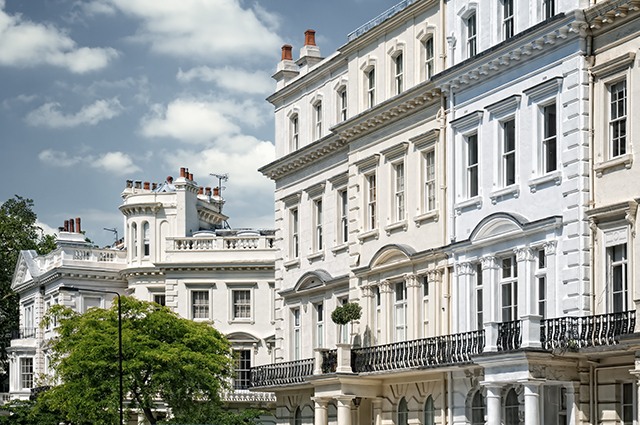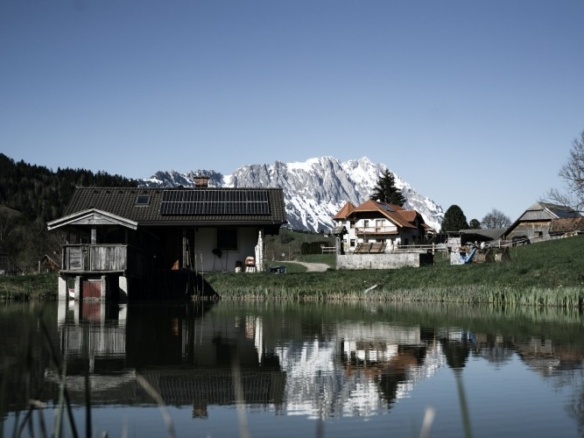Although it’s now the fourth month of 2017, The Land Registry – the only definitive source of actual property transactions and prices paid data – has only recently published the complete data of housing activity for 2016. Although it may seem a long time to wait for it, because it is the only true reflection of exactly what was paid, what was sold and when, it is definitely worth some analysis.
“Land Registry data may not be as timely as some of the indexes and surveys conducted by UK lenders and estate agents, but it is, without question, the most reliable and comprehensive,” said London Bridge estate agent, Williams Lynch. “That’s because it gives actual sales figures and prices paid for property, rather than being based on initial mortgage approvals, prices as advertised or a single lender’s activity,”
Initial Analysis Gives Few Surprises
The analysis of that data that we’re looking at comes courtesy of Central London property investment specialists London Central Portfolio (LCP). And, their analysis doesn’t make for pleasant reading. The Land Registry data shows that the shock of Brexit and increase in stamp duty for investors in April 2016, contributed to there being the lowest number of property transactions across Prime Central London, on record.
Prime Central London in this instance, is defined as the Royal Borough of Kensington and Chelsea and the City of Westminster. Across those two boroughs there were just 3,300 property transactions for the whole of 2016. That’s the lowest since the Land Registry records began and some 28.6% lower than the number of transactions in 2015.
But, that’s not the entire story. While transactions for the year were down, there was a notable increase in the fourth quarter of 2016 with 118 sales, representing a 19% rise from third quarter transactions.
“Property sales activity really suffered in Prime Central London during 2016, and there’s no doubt that Brexit and the investor stamp duty increase were the main culprits,” said M&M Property, Newington Green estate agent. “However, the strong increase in sales activity between October and December suggests the weaker pound, confidence from the UK’s strongly performing economy and geo-political uncertainty across Europe and in the US, combined to push London property’s safe-haven status to the forefront of investor’s minds.”
Prices Still Rose Amid Low Transaction Volumes
While transactions were low, prices still rose. Indeed, the average price paid for Prime Central London property in the fourth quarter of 2016 hit a new record high of £1.8 million. That’s a 14.3% increase from the third quarter, 3.8% higher than during 2015 and also 2.5% higher than the previous record high in the third quarter of 2014.

The price increase across Prime Central London was mainly driven by a 24% rise in the prices being paid for property in Kensington and Chelsea in the final three months of the year.
“This detail on prices highlights that fundamental rule; when something is in short supply, it becomes more valuable, despite any other worries or uncertainty,” said Knightsbridge estate agent, Plaza Estates. “London property is a valuable asset for a number of reasons and even uncertainty over the future for London’s economy, job market and place in the financial services world isn’t enough to put some investors off purchasing a property there, often regardless of the price.”




